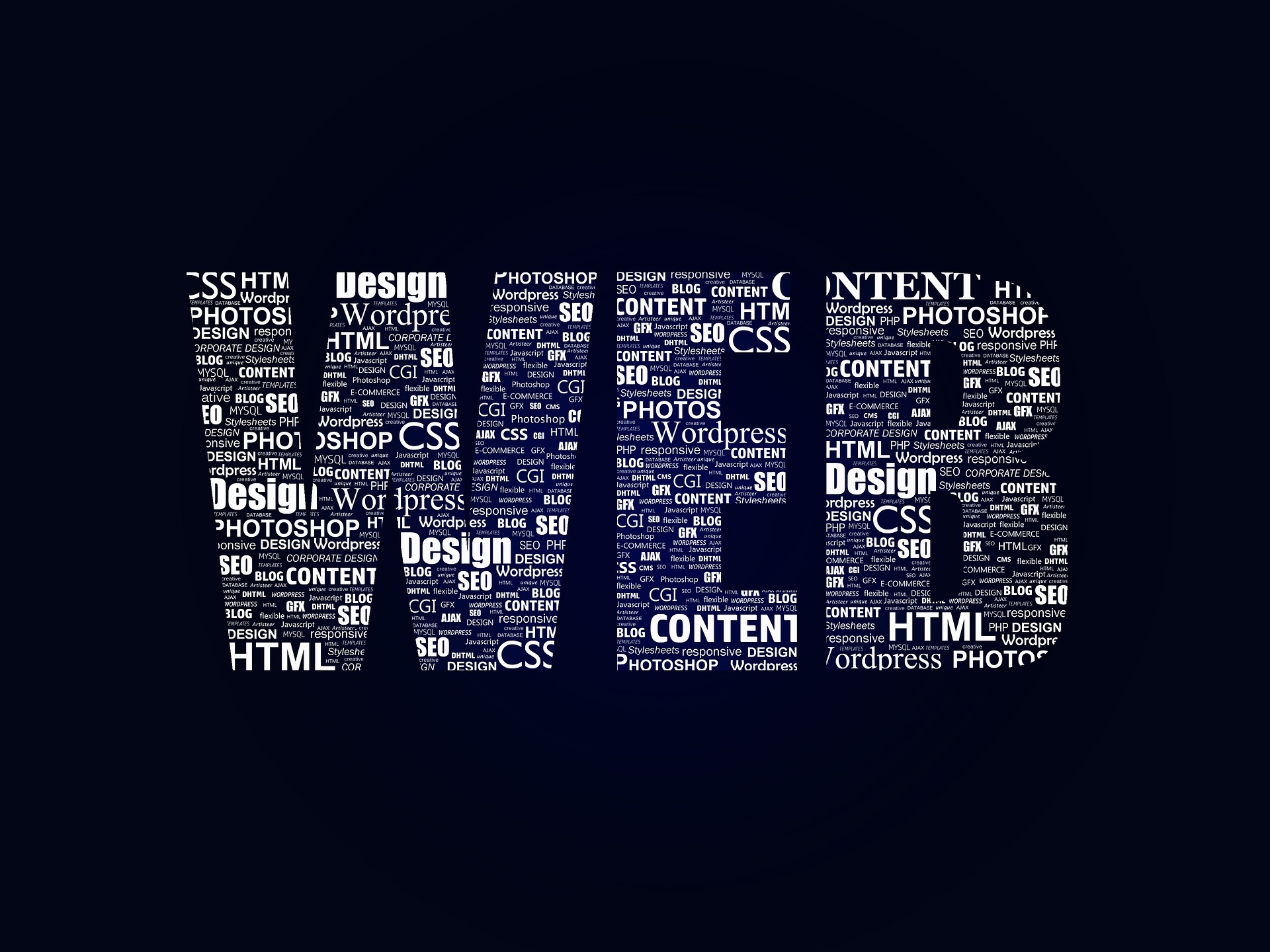Optimizing Digital Promotion for Creative Projects
Digital promotion for creative projects requires a strategy that balances visibility, audience engagement, and sustainable practice. This teaser highlights key areas such as immersive formats, accessibility, hybrid events, and monetization to help creative teams plan more effective outreach and long-term audience growth.

Digital promotion for creative projects works best when creative intent and audience behavior are aligned. Successful campaigns move beyond single posts or ad buys and focus on programming, curation, and consistent engagement across platforms. Attention to accessibility, analytics, and thoughtful monetization ensures that promotion supports both reach and artistic goals. This article lays out practical approaches for building community, designing immersive and virtual experiences, and measuring outcomes for projects distributed online or using hybrid event formats.
Who is your audience and how do you reach them?
Identifying audience segments is the foundation of any promotion plan. Use analytics and audience research to map demographics, interests, and platform habits. Consider where fans discover similar projects—streaming platforms, niche forums, local services listings, or social channels—and tailor messaging accordingly. Create personas for core, casual, and potential new audiences, then test messaging variants. Paid targeting can amplify reach, but sustained organic engagement, partnerships with curators, and collaboration with community organizations often deliver deeper long-term engagement.
How can immersive design increase engagement?
Immersive elements—interactive storytelling, AR filters, 360 video, and layered multimedia—can deepen audience engagement when aligned with artistic intent. Design immersive features with clear entry points, accessibility options, and low-friction ways for users to participate. Pilot smaller interactive moments before scaling, and provide documentation or guides to help audiences unfamiliar with the format. Measurable engagement metrics such as session length, interaction rate, and repeat visits will indicate whether immersive components add value to the project’s reach and community-building goals.
What role do virtual and streaming platforms play?
Virtual platforms and streaming services extend the lifespan of creative projects and reach geographically dispersed audiences. Choose platforms based on where your audience spends time and the technical needs of your project—low-latency streaming for live performance, file-based streaming for recorded work, or dedicated virtual venues for interactive pieces. Consider distribution partnerships, platform curation opportunities, and cross-promotion to increase discoverability. Plan tiered experiences to cater to free audiences and paying supporters while preserving high-quality presentation for flagship events.
How do accessibility and inclusion shape promotion?
Accessibility should be integrated into promotion and presentation from the start: captions and transcripts for streaming content, alt text for images, clear navigation for virtual venues, and multiple modes of participation for hybrid events. Inclusive language, representative imagery, and outreach to disability-focused community groups improve both reach and ethical practice. Accessibility also affects curation and programming decisions; offering accessible options increases participation and can broaden community support in a measurable way.
How can community, curation, and programming support growth?
Community-focused programming prioritizes sustained relationships over one-off interactions. Use curation to frame work in ways that resonate with target audiences—series, themed seasons, or collaborative showcases can create context and momentum. Host regular hybrid events combining livestreams, in-person meetups, and online discussions to maintain engagement. Encourage user-generated content and community moderation to amplify voices. Partnerships with local services, cultural organizations, and online collectives help reach new segments while providing credibility and resources for programming.
What are practical monetization, analytics, and hybrid event strategies?
Monetization should be diversified: ticketed events, pay-what-you-want streams, memberships, patronage, merchandise, and licensing can combine to support creators. Use analytics to track conversion funnels—impressions to clicks, clicks to sign-ups, sign-ups to purchases—and refine pricing and packaging based on actual behavior. For hybrid events, ensure seamless ticketing and clear access rules so online and in-person attendees get predictable value. Sustainability considerations—lower-carbon touring alternatives, digital-first distribution, and community partnerships—can reduce costs and broaden appeal.
Digital promotion succeeds when creative choices and promotional tactics reinforce one another. Prioritize clear audience definitions, accessible presentation, and measurable goals; use immersive and virtual tools thoughtfully; and build programming that emphasizes community and curation. Ongoing use of analytics and flexible monetization models helps projects adapt while maintaining artistic integrity, enabling creative works to reach wider, more diverse audiences over time.




